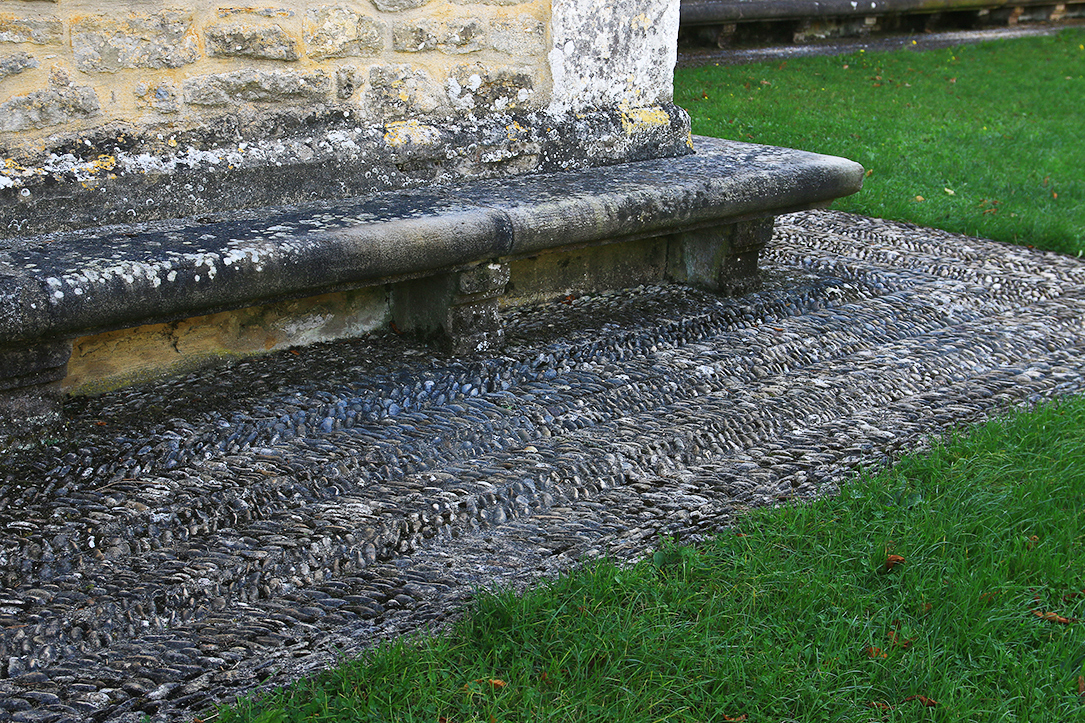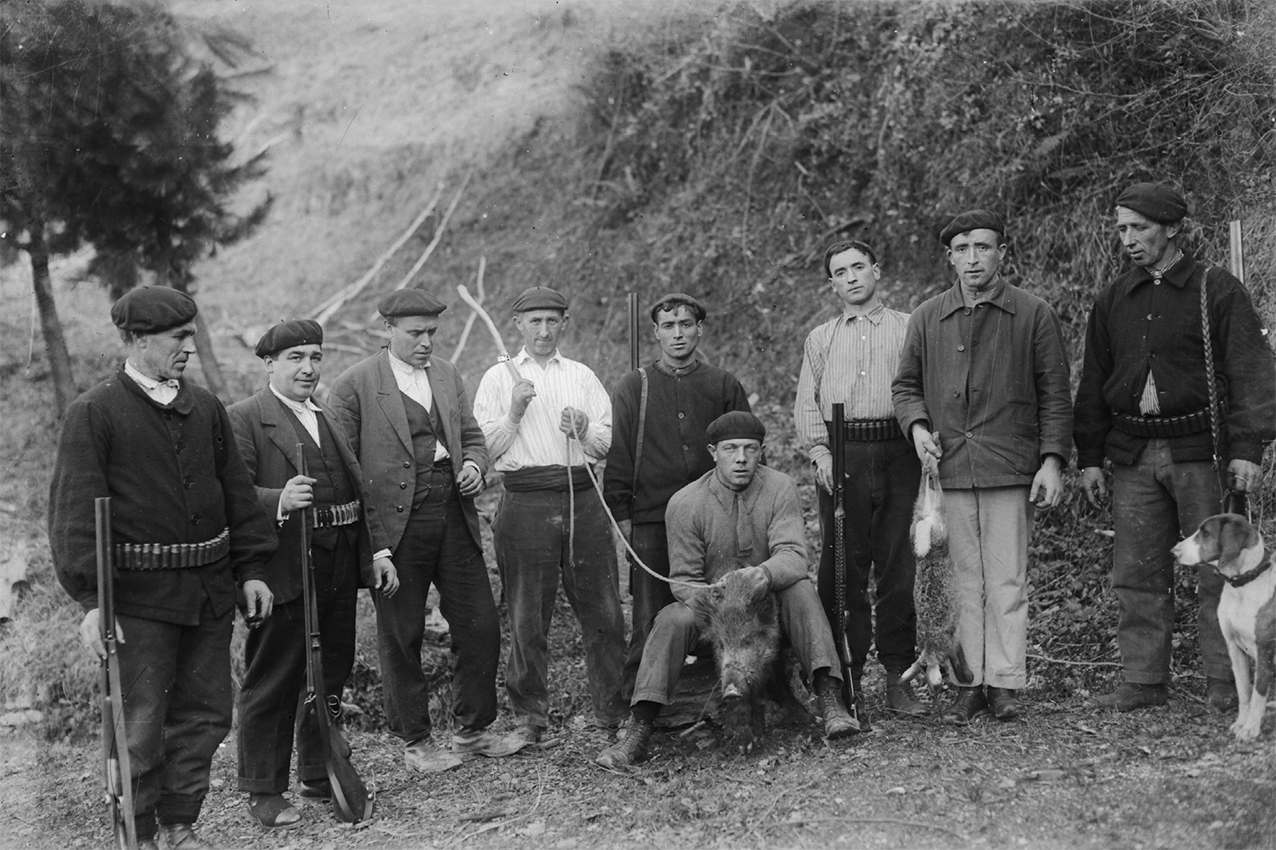Basque ethnography at a glance

Zantiratua ritual in Zeanuri (Bizkaia), c. 1915. Felipe Manterola Collection. Labayru Fundazioa Photographic Archive.
In Gernika (Bizkaia) and environs a sprain or strain, typically in the ankle, is known as zantiratua, from zan ‘vein, nerve, tendon, ligament’ and tiratu ‘pull, stretch’. Other denominations such as bihortua or trokatua are likewise common to refer to a sprained foot, thus differing it from a dislocation, in which case the bone is said to ‘come out of the joint’, hazurrak urten.
Menstruating women were believed to be prone to sprains and strains, so it was not uncommon that they would wrap their ankles. And conversely, wrapped ankles were generally interpreted as a precaution during the menstrual period. (more…)

Bison of Altamira (Cantabria). National Museum and Research Centre of Altamira.
The prehistory of humankind is as distant to us as our time shall be to future civilizations. And yet we do not think of ourselves as a primitive people but ignorantly look down on our ancestors of generations past and boast of great improvements to their comparative primitiveness. As an ethnographer, I have nonetheless the general impression that such an approach is far from flawless, and thus prefer to talk about change rather than progress, just as Barandiaran did. (more…)

Estibalitz (Álava). José Ignacio García Muñoz. Labayru Fundazioa Photographic Archive.
Health comes first. Disease prevents us from living a full life. According to Christian faith, God is the source of life, and as a consequence, it is ultimately him who preserves us and delivers us from sickness. Based upon that conviction, the sick and the disabled observed religious practices, attended worship, made promises and went on pilgrimage to certain hermitages and sanctuaries as prevention and cure for sickness. (more…)

Group of hunters. Felipe Manterola Collection. Labayru Fundazioa Photographic Archive.
The Urdaibai estuary, formerly known as the Mundaka or Gernika estuary, is a natural reserve at the mouth of the river Oka, which originates in the neighbourhood of Zugastieta in the municipality of Muxika in Bizkaia, where several springs converge. It was named after the now ruined tower of Urdaibai (urde ‘pig’ and ibai ‘river’) back in the 1970s. (more…)

